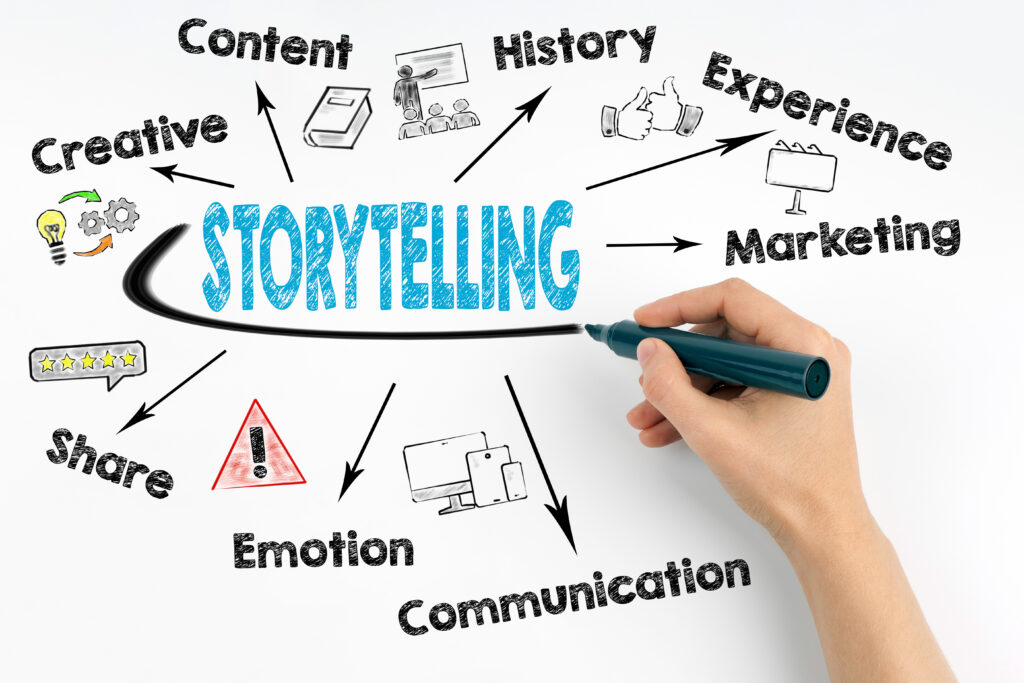A humorous story aims to elicit laughter or delight from its audience through wit, irony, satire, or absurdity. These stories usually use exaggerated events, lively language, creative wordplay, or surprising twists that provoke a comic response. Humorous stories can range from small anecdotes to lengthier narratives, and they take many forms, including jokes, puns, anecdotes, and tall tales. An amusing story is defined by its ability to tickle the funny bone and convey joy or entertainment to those who hear or read it.
Humorous fiction is all about making your readers crack a smile, chuckle, or even burst into laughter—if you hit the mark just right. But let’s be honest: whether you are writing a light-hearted romantic comedy or a funny child fiction book, nailing humor in literature is not a piece of cake; it’s tricky business. See, humor is entirely subjective and personal; it’s different for everyone. What have you rolling on the floor might have your friend giving you the side-eye, or worse, feeling downright peeved.
Exploring the Genre of Humorous Fiction:

The humorous fiction genre is vast, and it essentially covers creative work written with the commitment of making the reader smile. It covers everything from light-hearted child fiction book comedy at one end to the bleakest of black comedies at the other and everything else in between. Trying to describe every individual nuance of the humorous fiction genre would probably take an encyclopedia to do so and would, instead, ironically, be quite tedious to read. So, below is the list of the key components of humorous fiction, along with a short explanation of each one afterward.
- Slapstick
- Farce
- Parody
- Satire
- Sarcasm
- Irony
- Wit
- Exaggeration
- Romantic comedy
- Surrealism/Fantastical humor
- Dark comedy (including black humor)
Slapstick is possibly the simplest form of humor genre, in which one individual calls violence that does no long-lasting damage to another or others. It is usually found in humorous child fiction books, such as The Reluctant Vampire by Eric Morecambe.
Farce is another component of humorous fiction that works around creating absurd situations that wouldn’t exist in the real world and builds humorous elements into them. Tom Sharpe is one of the best humorous fiction authors in this regard.
Parody is an imitative comedy style where a subject may be taken out of context in order to make fun of it.
Satire, much like sarcasm, is quite common in modern humorous fiction, even if it is for child fiction books. It pokes fun at stupidities and foibles in society or among people. It’s like holding up an unappealing mirror at the world and describing what it reflects.
Sarcasm is analogous to satire in that it can highlight displeasure or dissatisfaction with an event, person, or society. However, unlike satire, which can be gentle or very light-hearted, sarcasm generally has an upsetting, hurtful, or mean edge. There are many different types of sarcasm that are used in humorous fiction, and each one depends on the tone or its intended purpose.
Irony refers to dialogue or situations where the result is the opposite of that which is intended. It can apply to specific situations or entire segments of humorous fiction tales.
Wit is a much-misunderstood type of humor, which is, unfortunately, lacking in most modern, humorous fiction books these days. Many people associate wit or a ‘witty remark’ with a clever piece of wordplay. However, that is only one fragment of the equation. What’s important is clever phrasing and the choice of words. Still, to qualify as wit in a literary space, the phrase must contain a component of mockery of the situation or subject and a paradoxical element.
Exaggeration is the backbone of humorous fiction, whether it’s an adult humor book or a child fiction book. It can either refer to overstressing a specific situation or character or as the basis for a complete work of fiction.
Surrealism/fantastical humor is just another mainstay of humorous fiction. If you can inject a bit of surrealism into your child’s fiction book or, better still, set it in a perfectly whacky world. The British comedian Spike Milligan gives us a great illustration of surrealist humor in the opening of his book, Puckoon.
Finally, there is a dark comedy, which comprises black humor. Black humor tends to be understood as a very British thing, but it is starting to creep into more international humorous fiction. Dark comedy is inclined to be characterized by grim conditions and a morbid sense of humor. Although Drynwideon was marketed as a humorous fantasy fiction book, there are basics of dark humor running throughout it, not least of which is the appalling and senseless death of the supposed hero, Gonald the Mighty, at the end of the first chapter.
Tips for Writing Humorous Fiction
As with everything in this blog, what follows is not a comprehensive list, but it’ll hit you with an idea of how to approach the subject of writing humorous fiction. Below are some tips that might help direct you in the right direction.
Dos:
- Trust your gut: If it tickles your funny bone, it might just do the same for others.
- Embrace the absurd: Life’s quirks and oddities are ripe for comedic exploration.
- Ask ‘What if?’: Let your imagination run wild with possibilities.
- Get creative with names: Sometimes, a hilarious character or situation springs from a clever moniker.
- Don’t be afraid to push boundaries: Comedy can be edgy, but always stay mindful of context.
- Seek feedback: Friends, family, or writing groups can offer invaluable insights before you hit publish.
Don’ts:
- Force the funny: Humor can’t be forced; it has to flow naturally.
- Stick to one style: Variety is the spice of humor—mix it up!
- Resort to stereotypes: Avoid lazy clichés that may offend or fall flat.
- Be mean-spirited: Cheap laughs aren’t worth sacrificing kindness or respect.
- Know your limits: Push boundaries, but recognize when you’ve crossed a line.
And always keep in mind: “You can’t please everyone.” Humor is deeply personal and doesn’t always translate universally. Even if you believe you’ve penned the next great comedic masterpiece, be prepared for diverse reactions. After all, comedy is a journey, and laughter, like beauty, is in the eye (and ear) of the beholder.
What Are the Greatest Strategies to Create Your Unique Humorous Storytelling Style?

- Know your audience
The first stage in building your comedic storytelling style is to understand who you’re telling stories to. Different audiences have varying expectations, tastes, and sensitivities. What amuses one group may offend, bore, or confuse another. You must conduct research and analysis to understand your audience’s demographics, interests, values, and difficulties. Then, you may tailor your stories to meet their specific requirements, aspirations, and emotions.
- Find your inspiration
The next step is to seek inspiration for your story. You can use your personal experiences, observations, views, and imagination. You can also hunt for humorous sources inside your sector, area, or theme. The goal is to find something that speaks to you and your audience and that you can relate to in a personal and honest manner. Being hilarious does not require you to be a comic or a genius. You simply have to be yourself and give your views.
- Structure your stories
The next stage is to structure your story in a way that generates tension, interest, and humor. A comedic story’s essential structure is the setup, conflict, and punchline. The setup presents the characters, the environment, and the situation. Conflict generates a problem, challenge, or twist. The punchline expresses surprise, resolution, or irony. Exaggeration, contrast, repetition, callback, and misdirection are all tactics you can use to make your story more humorous.
- Deliver your stories
The fourth stage is to tell your stories in a style that grabs and holds your audience’s attention. Tone, emotion, and attitude must be conveyed through your voice, body language, and timing. You should also adapt to your audience’s feedback, reactions, and expectations. Pauses, gestures, attitudes, and sounds can help you accentuate your arguments, build suspense, and provoke laughs. You can also use props, graphics, or media to help tell your tales.
- Avoid the common pitfalls
The fifth stage is to prevent frequent mistakes that can derail your hilarious narrative style. You should avoid jokes or stories that are overly long, complex, obscure, or contentious. You also want to avoid being nasty, insensitive, haughty, or defensive. You want to show respect for your audience, your topic, and yourself. You want to strike a balance between your comedy and your message, purpose, and value. You want to be confident but not arrogant, humble but not self-deprecating, and humorous but not sarcastic.
- Practice and improve
The last step is to practice and hone your amusing storytelling technique. You should test your tales with different audiences, platforms, and formats. You need to receive feedback, criticism, and appreciation. You should learn from your mistakes, accomplishments, and failures. You should continue to experiment, learn, and improve. You need to identify your own strengths, limitations, and possibilities. You need to enhance your abilities, voice, and style.

